Energy efficent hydrodynamic, tiling pad thrust bearings find wide use in industry for high speed applications. This paper presents results of comparative experiments between the two main design philosophies currently available for these bearings. It is concluded that given identical operating conditions, one of the approaches, the “low loss” or “directed” design, is the more efficent by a significant amount. The robostness of the low loss design is confirmed in a series of further experiments which test its tolerance to various adverse circumstances.
Introduction
Hydrodynamic thrust bearings rely on a plentiful supply of lubricant drawn into a convergent space thus generating a load carrying film. In many cases the supply of lubricant is guaranteed by arranging for the working faces of the bearing to be immersed in oil. This arrangement, often referred to as “flooded” lubrication, while very satisfactory for lower speeds, is much less suitable for high speed use since it leads to prohibitively large amounts of energy being absorbed by the bearings. Energy consumption derives from two sources; necessary frictional losses caused by shearing in the lubricating film and parasitic losses due to churning of the room of the thrust collar in the surrounding oil. The effect of churning is not significant at low speeds, but at higher speeds typically above 40 m/s at the mean pitch diameter of the bearing, the associated energy losses increase rapidly to equal or even exceed frictional losses.
Two fundamental approaches have been devised to overcome the problem of parasicic losses and enable high speed bearings to operate successfully with acceptable power loss figures. The first method, referred to in this paper as “shrouded” lubrication, requires that the thrust collar rim be surrounded by a shroud or baffles. The presence of a restriction at the collar rim substantially reduces the amount of possible churning. The second basic approach, known as “low loss” or “directed” lubrication, is a very simple one in which the rim of the collar runs free of oil and churning losses are virtually eliminated.
There have been a number of published reports in which the two designs philosophies are described (1) – (5). Energy consumption in a bearing is manifested principally by the temperature rise between supply and drain of the oil which passes through the system. The ability of energy efficent design to limit this increase when compared with conventional, flooded lubrication has been well established by previous investigations. There has not yet, however, been any record of a direct comparison between the two main approached described above. As a result, this paper provides details of some recent experiments in which an identical thrust bearing was configured to run in each of the low loss and shrouded modes of operation.
Some further experiments are also described in which the performance of the bearing, configured as a low loss design, was examined under a variety of exceptional operating conditions. These included considerably reduced oil flows and the application of substantial overloads. The bearing which had offset pivots, was also operated in reverse rotation for extened periods in order to confirm the suitability of these bearings for those machines where reverse running is a possibility.
ACCESS FULL
PAPER
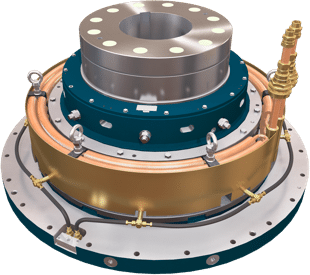 Vertical Bearings
Vertical Bearings
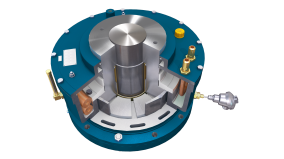



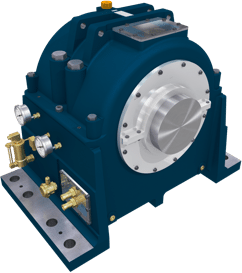 Horizontal Bearings
Horizontal Bearings
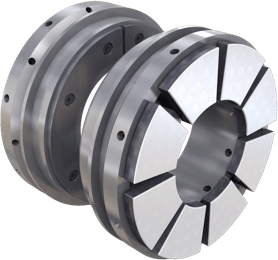 Tilting Pad Bearings
Tilting Pad Bearings
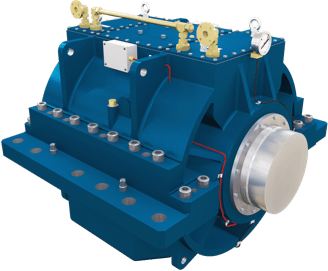 Marine Bearings
Marine Bearings
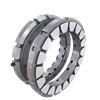


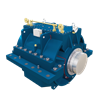
 PTFE Bearings
PTFE Bearings PEEK Bearings
PEEK Bearings


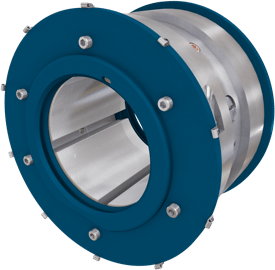 Journal Bearings
Journal Bearings
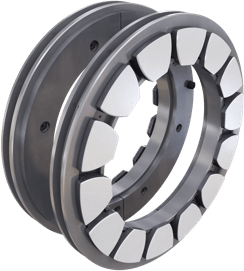 Thrust Bearings
Thrust Bearings

